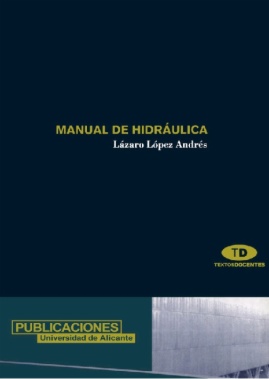Estás filtrando por
Se encontraron 409 resultados en recursos
Compartir este contenido
Nitrogen removal via ammonia volatilization in maturation ponds
Copia el enlace o compártelo en redes sociales
Window aggregate sharing for out-of-order stream processing
Compartir este contenido
Window aggregate sharing for out-of-order stream processing
Copia el enlace o compártelo en redes sociales
OMCCp: A MetaModelica Based Parser Generator Applied to Modelica
Compartir este contenido
OMCCp: A MetaModelica Based Parser Generator Applied to Modelica
Copia el enlace o compártelo en redes sociales

Manual de hidráulica
Compartir este contenido
Manual de hidráulica
Copia el enlace o compártelo en redes sociales

Introduction to carbon technologies
Compartir este contenido
Introduction to carbon technologies
Copia el enlace o compártelo en redes sociales

Introducción a las operaciones de separación. Contacto continuo
Compartir este contenido
Introducción a las operaciones de separación. Contacto continuo
Copia el enlace o compártelo en redes sociales
Orientación sociolaboral /
Compartir este contenido
Orientación sociolaboral /
Copia el enlace o compártelo en redes sociales
Manual único para la calificación de la pérdida de capacidad laboral y ocupacional: comentarios al Decreto 1507 de 2014 con casos prácticos /
Compartir este contenido
Manual único para la calificación de la pérdida de capacidad laboral y ocupacional: comentarios al Decreto 1507 de 2014 con casos prácticos /
Copia el enlace o compártelo en redes sociales
Sistema de gestión de riesgos en seguridad y salud en el trabajo. En enfoque en neuroseguridad laboral. Paso a paso para el diseño práctico /
Compartir este contenido
Sistema de gestión de riesgos en seguridad y salud en el trabajo. En enfoque en neuroseguridad laboral. Paso a paso para el diseño práctico /
Copia el enlace o compártelo en redes sociales
Seguridad y salud en el trabajo: 7 pasos para la implementación práctica y efectiva en prevención de riesgos laborales en SG-SST /
Compartir este contenido
Seguridad y salud en el trabajo: 7 pasos para la implementación práctica y efectiva en prevención de riesgos laborales en SG-SST /
Copia el enlace o compártelo en redes sociales
Selecciona las Colecciones en las que vas a añadir el contenido
Para consultar los contenidos añadidos busca la opción Tus colecciones en el menú principal o en Mi perfil.
